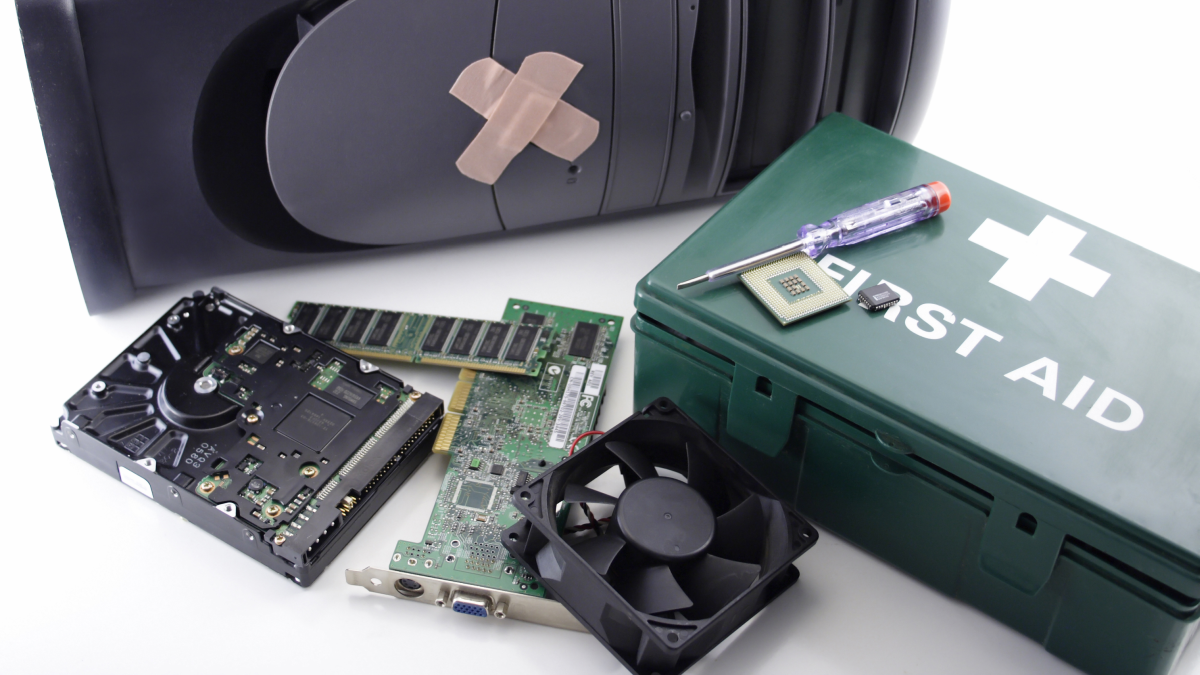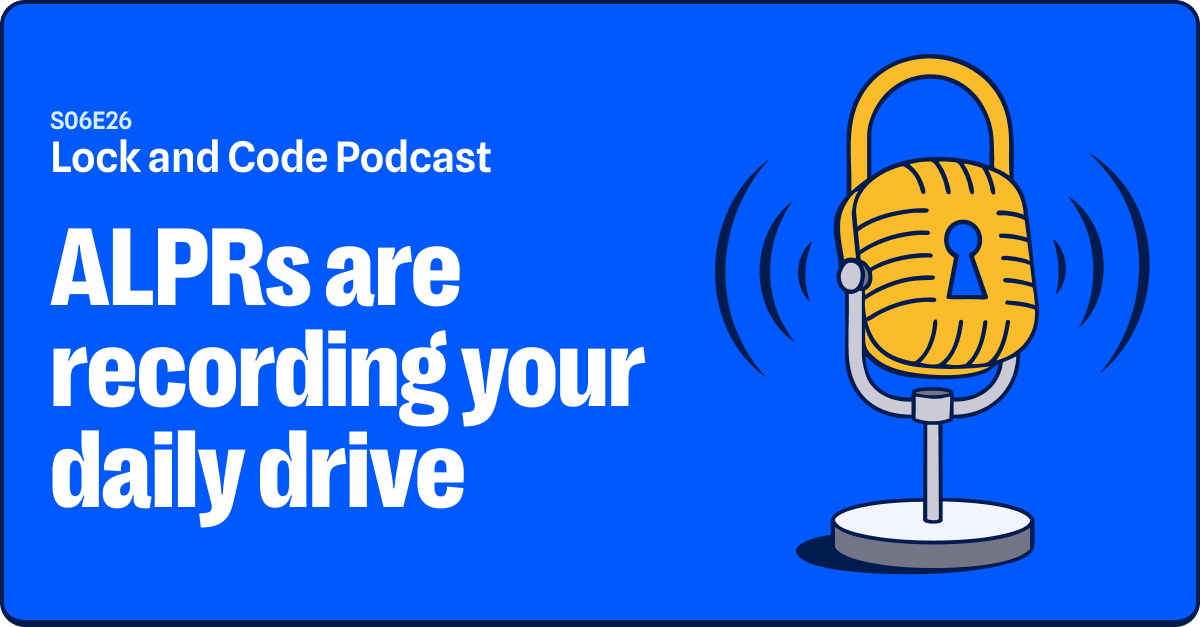Many software vendors have a driver updater in their arsenal. But is it really that important to have the latest computer drivers? Where do you get them? And how do you go about updating?
Driver updates fix security and compatibility problems, errors, broken code, and sometimes even add features to the hardware. But we tend to forget about the need for the latest drivers as long as our systems are working fine, which is understandable as the procedure is not always clear and we all know the risk of making things worse.
How do I know if my drivers need updating?
Generally speaking, if your system is working properly and you don’t get prompted about an update, you will hardly ever feel the need to update your drivers. And as long as there are no security issues with the drivers you have, that is fine.
Device drivers are essential pieces of software that help different hardware components work smoothly on your system. These device drivers have often been installed by the system manufacturer. If your system has a hardware issue, it is likely to be a device driver problem. For devices that you connect to your system, for example a USB mouse, the Operating System (OS) can usually automatically check if there are (new) drivers available for those devices. For example, Windows Update can be set to look for updated drivers.
How do I update my drivers in Windows 10?
To quickly update device drivers using Windows Update, use these steps:
- Open Settings.
- Click on Update & Security
- Click on Windows Update
- Click the Check for updates button
- Click the View optional updatesoption
- Click the Driver updatestab
- Select the driver you want to update
- Click the Download and installbutton
Once you complete the steps, the newer driver will be downloaded and installed automatically on your device. Many device drivers will require a reboot to complete the installation.
Do Windows 10 and 11 install drivers automatically?
In Windows 10 and 11 you can choose whether to let Windows automatically download the driver software or do it yourself. Automatic updating is the default and the easiest method, whereby Windows will habitually check for driver updates and install them. So, unless you are using some niche devices, the built-in Windows Update service on your PC generally keeps most of your drivers up to date in the background.
Manually installing drivers on macOS
Many drivers on mac OS systems are installed simply by updating your Mac, but third-party devices often require an additional driver installation.
- Download the correct driver from the manufacturers site.
- Double click on the driver and extract it.
- Open the folder and run the .pkg install file.
- In some cases, a warning message will pop up. For a properly signed and notarized installer, this message will be shown only when the Allow apps downloaded fromsetting inSystem Preferences> Security & Privacy> Generalis set to App Store only. To solve this problem, please go to System Preferences, and Security & Privacy, then click Open anywayto identify the driver.
- After the driver is identified, it will be installed automatically. During the process, an authentication window will pop up to ask for username and password, which is the administration account of your Mac
- Then click Install Softwareto continue the process
- Next click Continue Installationand Restartif prompted to finish the installation process
- A driver on macOS is often implemented as either a kernel extension or a system extension, and either of those will require an extra step where you go to System Preferences> Security & Privacy> General, unlock the pane by clicking the lock in the lower left corner and entering your password, and click the Allowbutton
On recent versions of macOS, when the installer is not properly signed and notarized, the user won’t be able to open it at all. There are workarounds to be found, but we would advise you to shy away from them.
Device drivers on Linux
In Linux, when a device is connected to the system, a device file is created in the /devdirectory. The hardware devices are treated like ordinary files, which makes it easier for the software to interact with the device drivers. Most of the available hardware drivers will already be on your computer, included along with the kernel, graphics server, and print server.
However, some manufacturers provide their own, closed-source, proprietary drivers. How you install proprietary drivers largely depends on your Linux distribution. On a few distributions installing drivers is relatively easy. On Ubuntu and Ubuntu-based distributions, there’s an Additional Driverstool. Open the dash, search for Additional Drivers, and launch it. It will detect which proprietary drivers you can install for your hardware and allow you to install them. Linux Mint has a Driver Managertool that works similarly.
Don’t get led astray
A number of download sites that will offer files pretending to be the drivers you need are hosting malware. They try to trick users into installing this malware on their system. Other sites combine the drivers you need in a bundle which, besides the driver, also install adware or a potentially unwanted program on your system.
And, unfortunately, a lot of the advertised driver updater software feels the need to exaggerate the scan results in order to get users to buy the software. Needless to say that paying for such software is a waste of your money. As is the case with a lot of potentially unwanted programs, they offer functionality that is already built into Windows.










